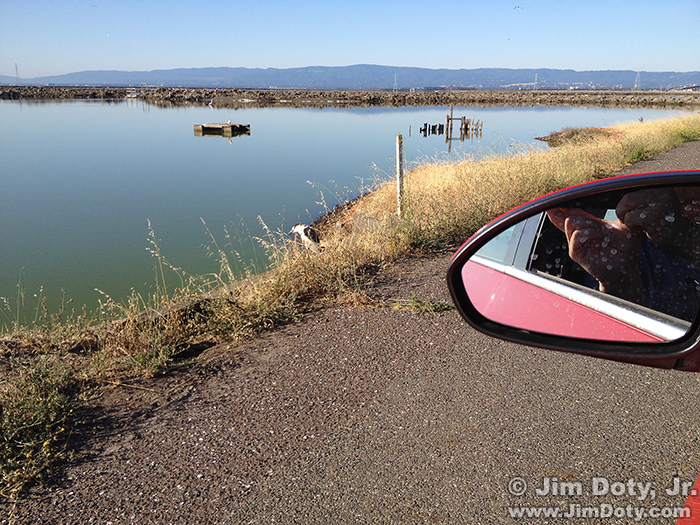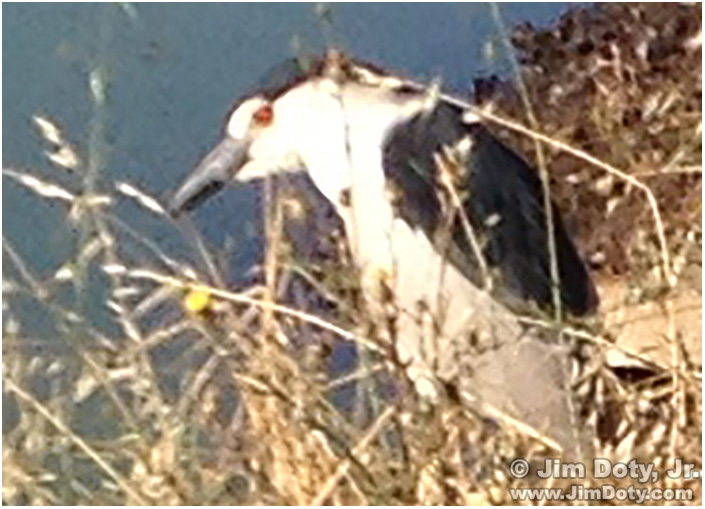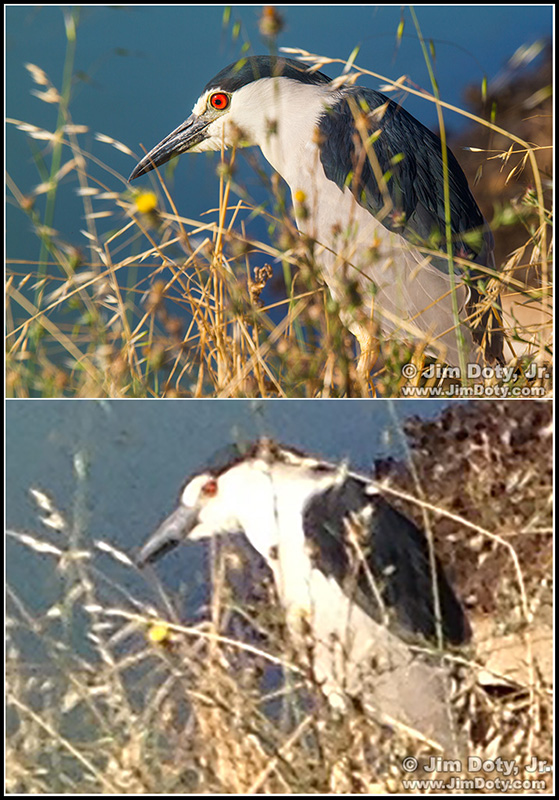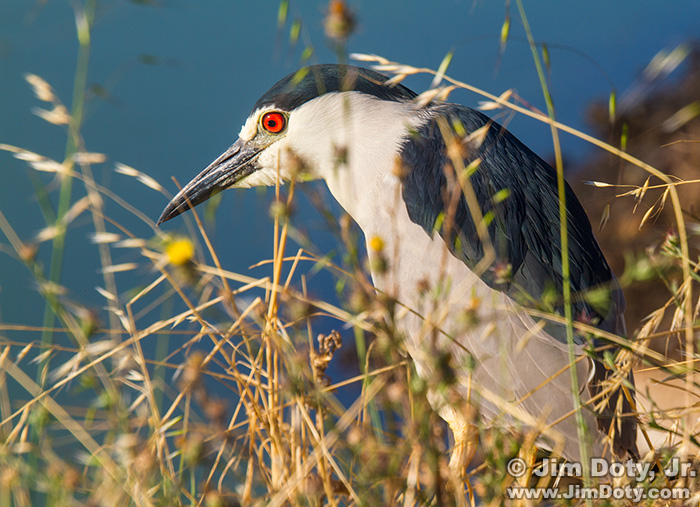“Will camera phones replace DSLRs?” I get asked that a lot lately. Camera phones have already replaced point and shoot cameras for a lot of snap-shooters. But for photographers that need the serious benefits and advantages of a DSLR, that isn’t going to happen now or any time in the near future.
(Click on any of the images in this article to see a larger version.)
Not that camera phones can’t do some very good work in some situations. I have sold camera phone prints and I would not have predicted being able to do that when I got my first camera phone a number of years ago. It created images which were about 200×300 pixels. But camera phones have come a long way since then. I exhibit and sell 16×20 inch prints created from files that originated in my iPhone.
But there are several areas where most camera phones fall short, lens focal length being one of them.
This photo was taken with a Canon 70-300mm lens on a Canon 7D camera body. The focal length for this photo was 285mm. Thanks to the field of view crop of the 7D, the equivalent 35mm focal length was 456mm. The focal length of the lens and the advantages of the large sensor give me a lot of image detail.
On the other hand, the iPhone has a 4.3mm lens with a tiny sensor which provides an equivalent 35mm focal length of 35mm. In other words, the iPhone gives me the exact same field of view as a 35mm lens on a full frame DSLR or a 35mm film camera.

Black-crowned Night Heron. iPhone photo taken from the same location as the Canon 7D photo. Click to see a larger version.
This iPhone photo was taken from the exact same location as the photo with the Canon 7D. You can see my reflection in the car’s mirror as I am taking the photo.
In the two above photos, the equivalent 35mm focal length of the Canon lens is 13 times longer than the iPhone lens, and I could zoom the Canon lens to an even longer focal length if I needed to. The focal length of the iPhone lens is just totally inadequate for this situation.
Getting any closer to this night heron to get a better iPhone photo was out of the question. I photographed it several times on several different days at almost the same location (some birds are creatures of habit and prefer certain locations). I watched it get spooked and fly off several times as a variety of people got too close. In fact, I managed to get closer than anyone else I saw by doing all the right things.

Black-crowned Night Heron. Image cropped to match the Canon 7D photo. Click to see a larger version.
If I crop into the photo to get the same field of view as the Canon 7D photo, the image totally falls apart.

Black-crowned Night Heron. Canon 7D image (top) and iPhone image cropped to match the 7D image. Click to see a larger version.
Here they are again, one image on top of the other.
There are some camera phones that have a “digital zoom” feature, but all that does is crop into the original digital file, reducing the image information. Doing that is no different that cropping the photo after the fact in the computer, as I did with the iPhone photo immediately above. You do not gain any image quality whatsoever by using the digital zoom feature on a camera phone (or any other camera with a digital zoom feature).
There are a few digital camera phones that come with an “optical zoom” feature, which means you have an actual zoom lens on the phone. Optical zoom is much better than digital zoom, but the optical zoom lenses on smart phone have a ways to go. For now, and maybe for quite a while, a DSLR with a quality zoom lens is still the way to go.
There is one other huge advantage a DSLR has over a camera phone for long lens and action photography: an optical viewfinder that you hold up to your eye. As any professional sports, news, and action photographer can tell you, holding an optical viewfinder up to your eye is the best way to keep track of a fast moving subject. Holding an LCD out in front of your face while using a long lens is an exercise in frustration. In some bright sun situations you are hard put to even see the subject on an LCD.
Don’t even get me started on DSLR vs camera phone autofocus if the subject happens to be moving fast. The latest iterations of predictive autofocus on recent DSLRs is really quite remarkable. There are some situations when it is hard to get a camera phone to focus on a static subject, much less a fast moving one.
So when camera phones have long, sharp zoom lenses, fast reliable autofocus, bigger sensors with better image quality, and a quality optical viewfinder, you may have just the ticket. But then, they will probably look quite different from the camera phones we use today.
Photo Data. Black-crowned Night Heron. Don Edwards San Francisco Bay National Wildlife Refuge. Fremont, California
Canon 7D photo. Canon EF70-300mm f/4.5-5.6 DO IS USM lens at 285 mm (35mm equivalent: 456 mm). 1/200 sec, f/11, ISO 100.
iPhone photo: iPhone 4S back camera. 4.28mm lens f/2.4. Focal length 4.3 mm (in 35mm: 35.0mm). 1/1500 sec, f/2.4, ISO 50.
GPS location. Latitude: 37° 31′ 31.65″ N. Longitude: 122° 5′ 54.528″ W
Links
DSLR vs Camera Phone, Part Two
Understanding the field of view crop in DSLR camera bodies. This article explains the difference between a full frame DSLR and a cropped sensor DSLR.
The best “how to” nature photography books
If you are looking for a brief introduction to bird photography, get the booklet Bird Photography: Pure and Simple by Arthur Morris. If you want to seriously pursue bird photography, there are two must read books, The Art of Bird Photography by Arthur Morris and How To Photograph Birds by Larry West (one of the Stackpole books). Some of these books are out of print, but they are still the best of the best. You can get used copies at greatly reduced prices from Amazon’s third party sellers (with Amazon’s guarantee) by following the links in this paragraph to my Amazon powered photography store.


